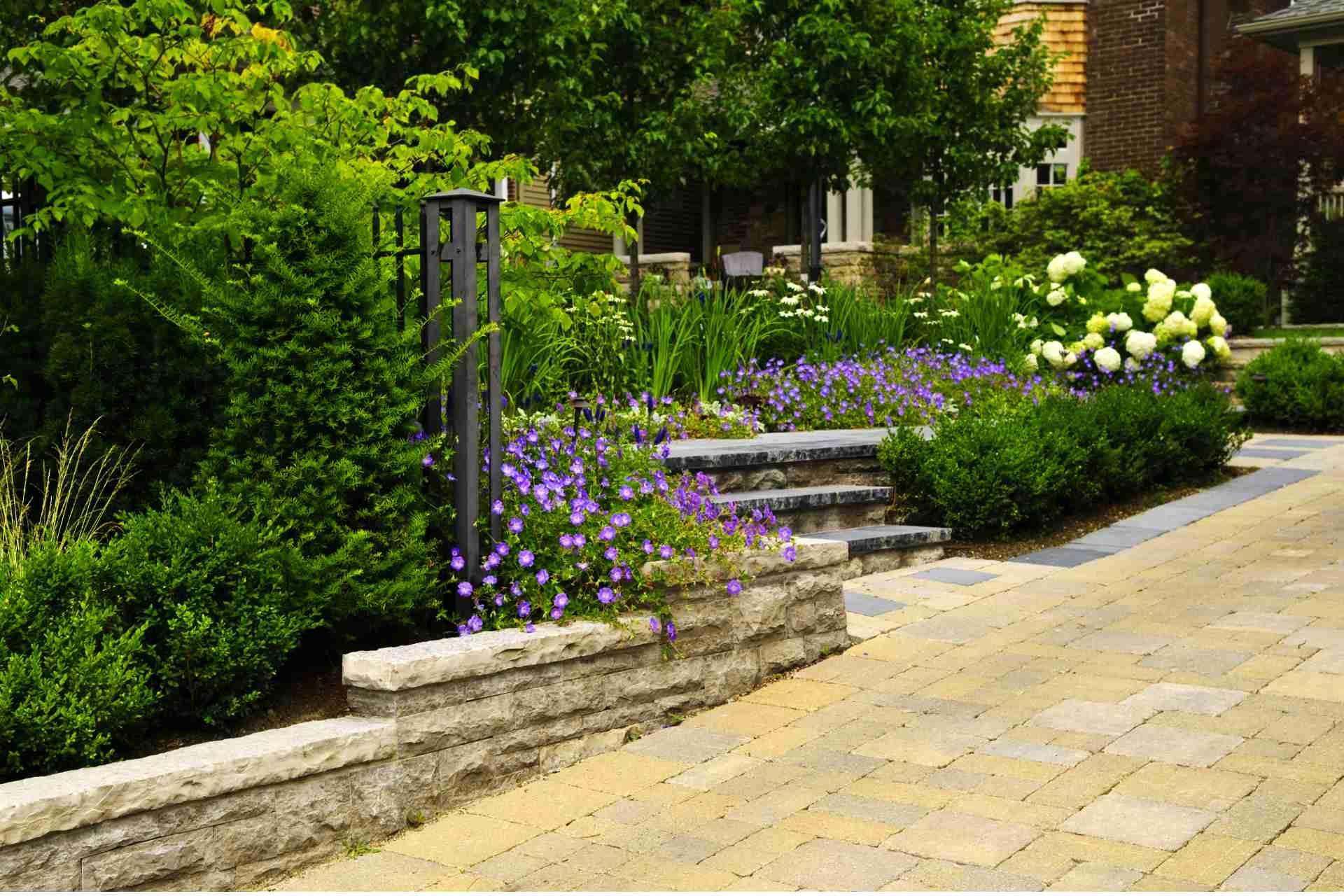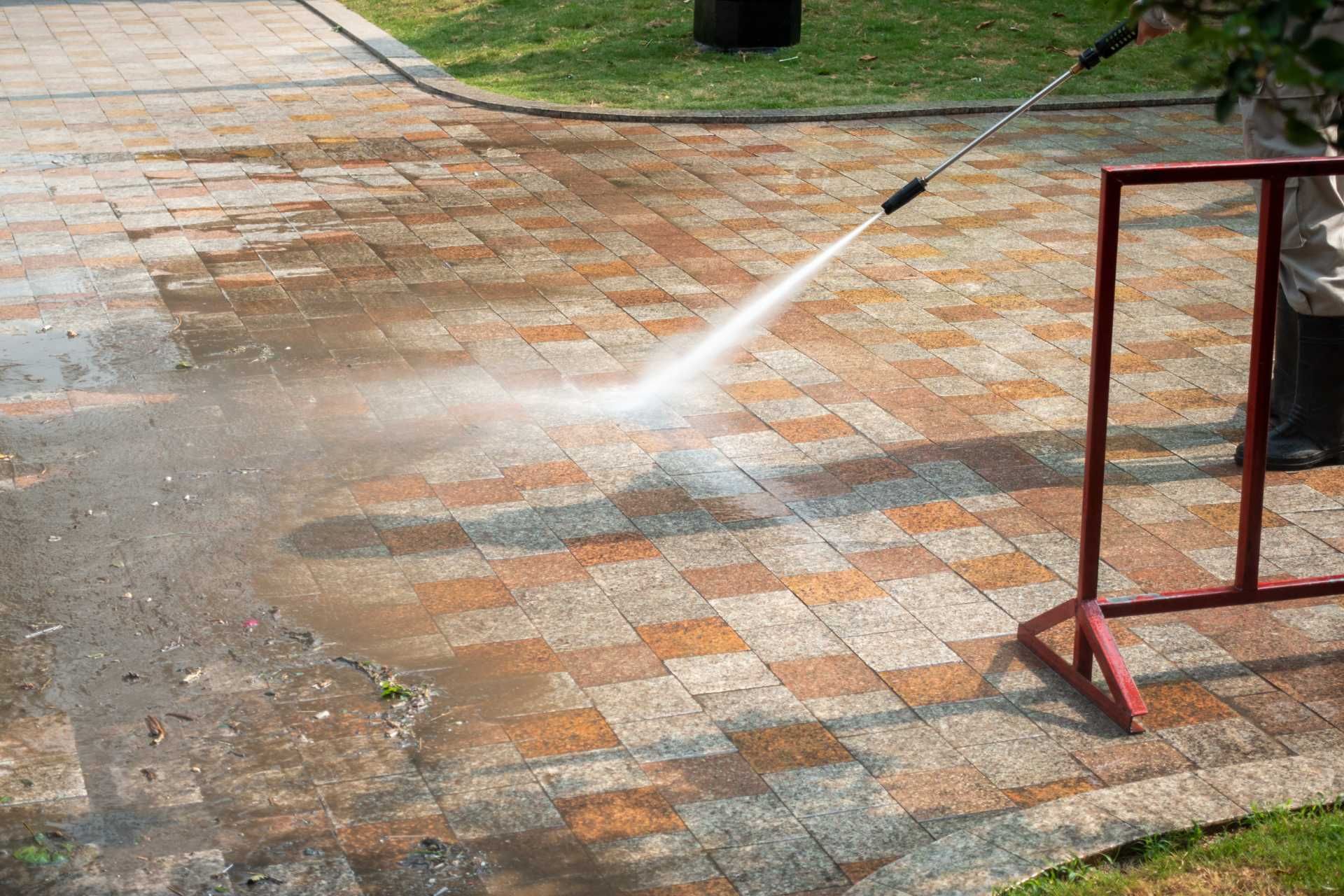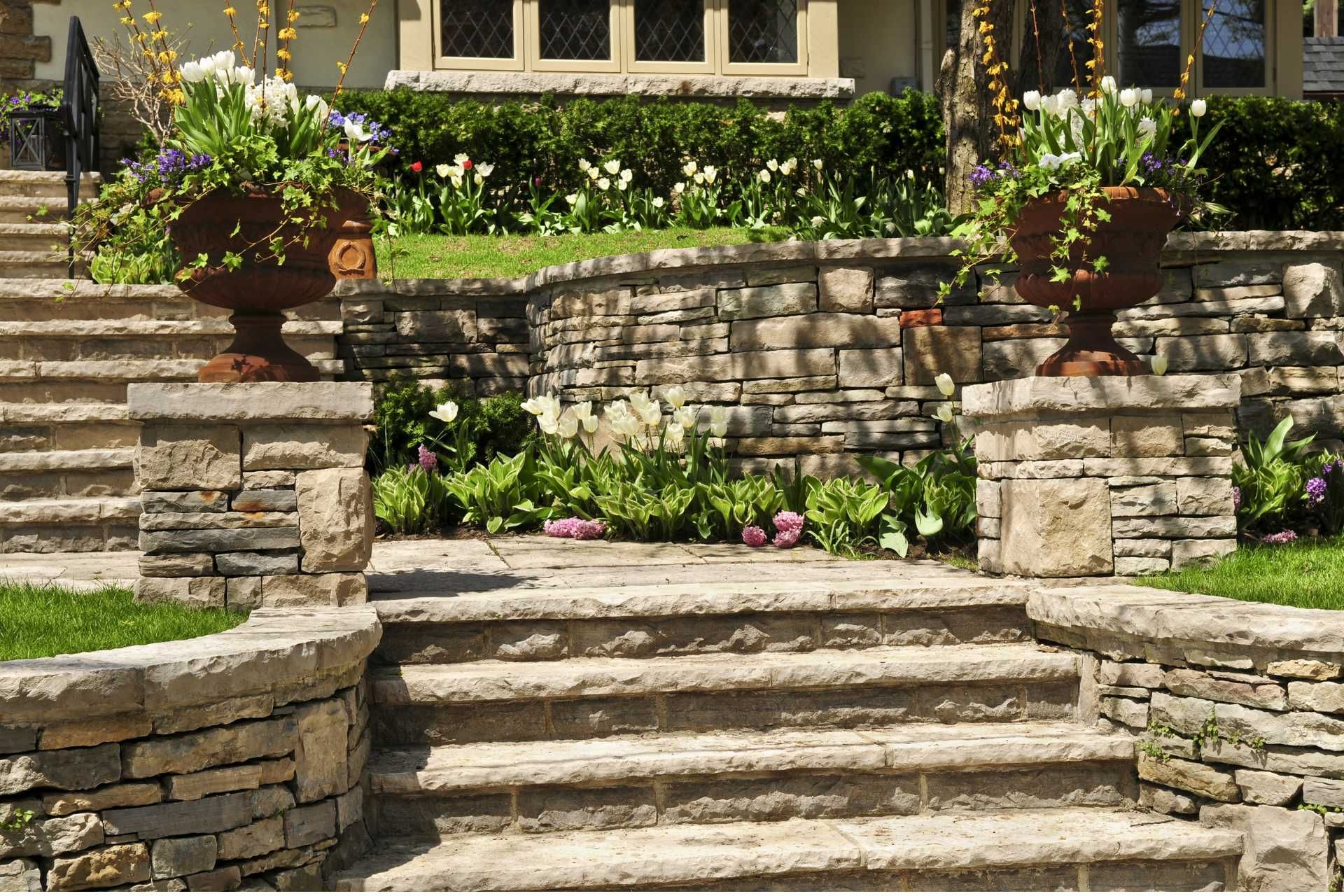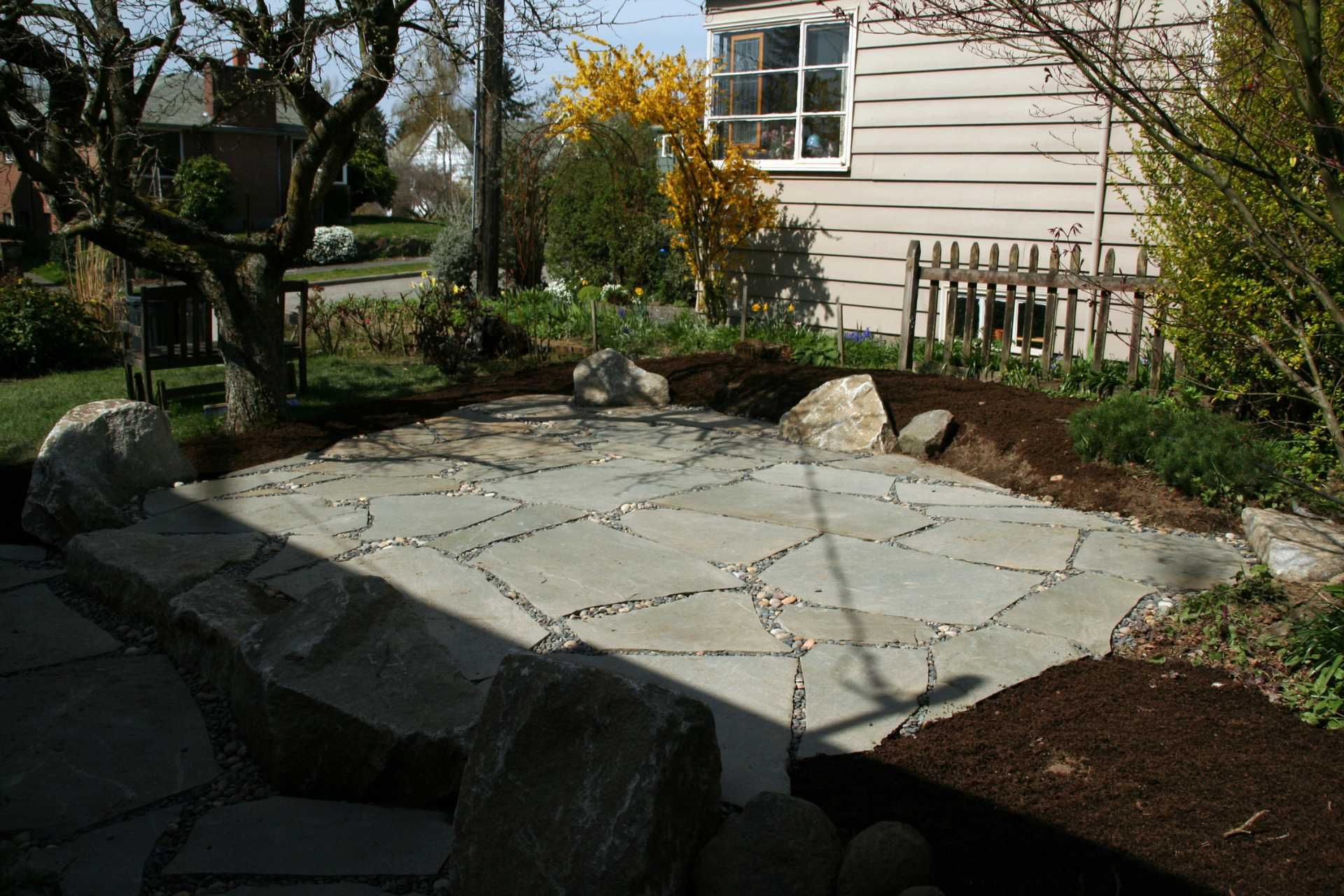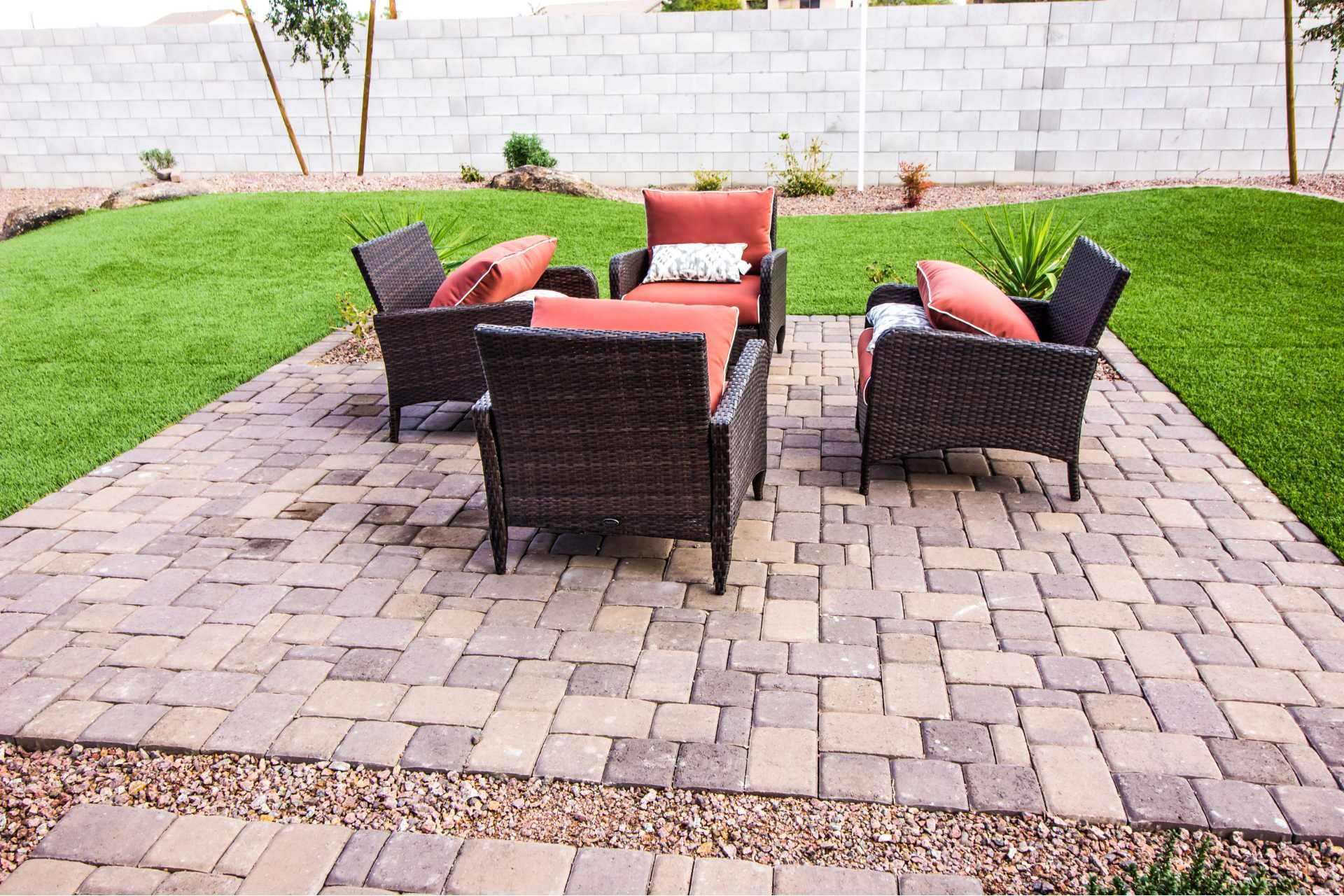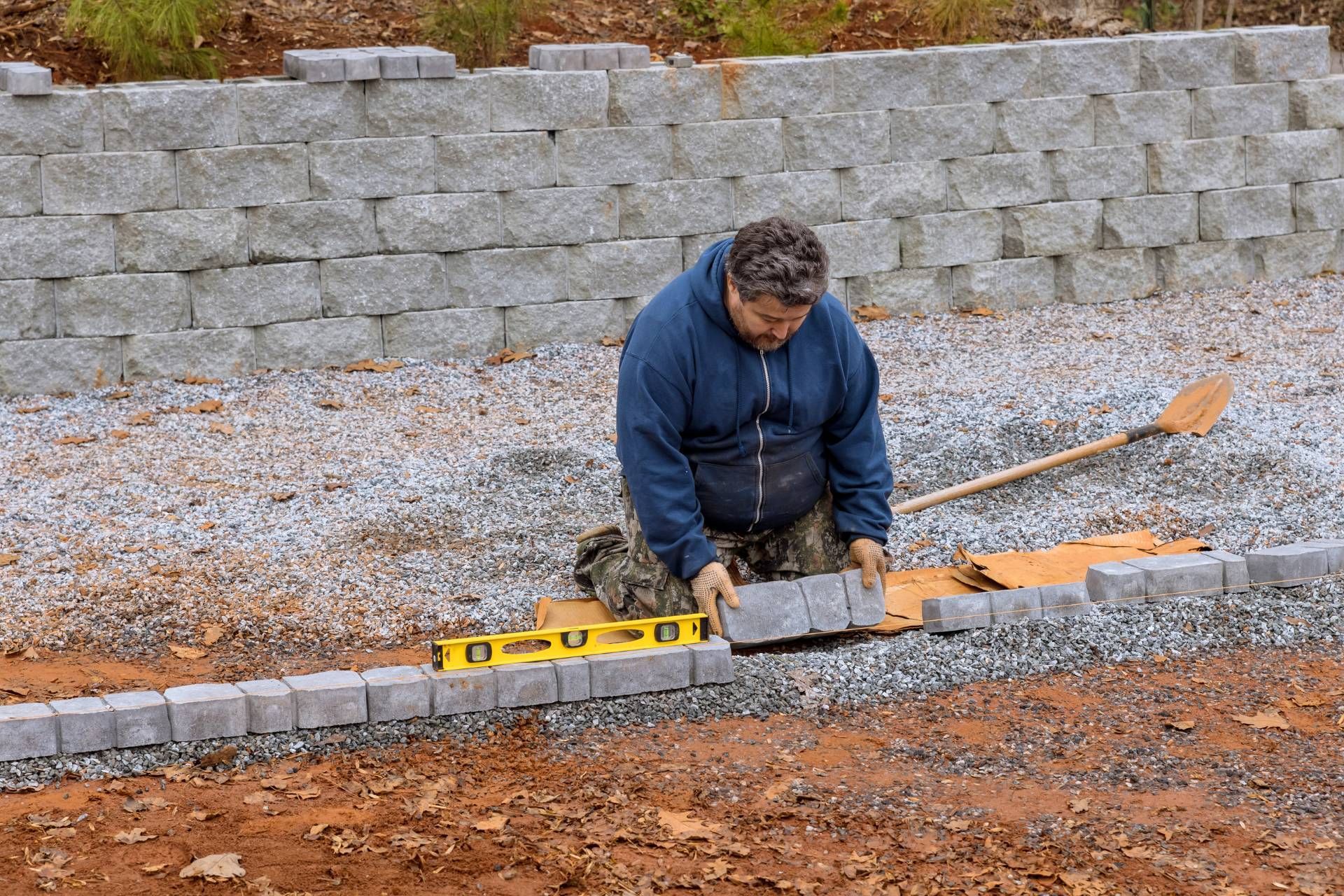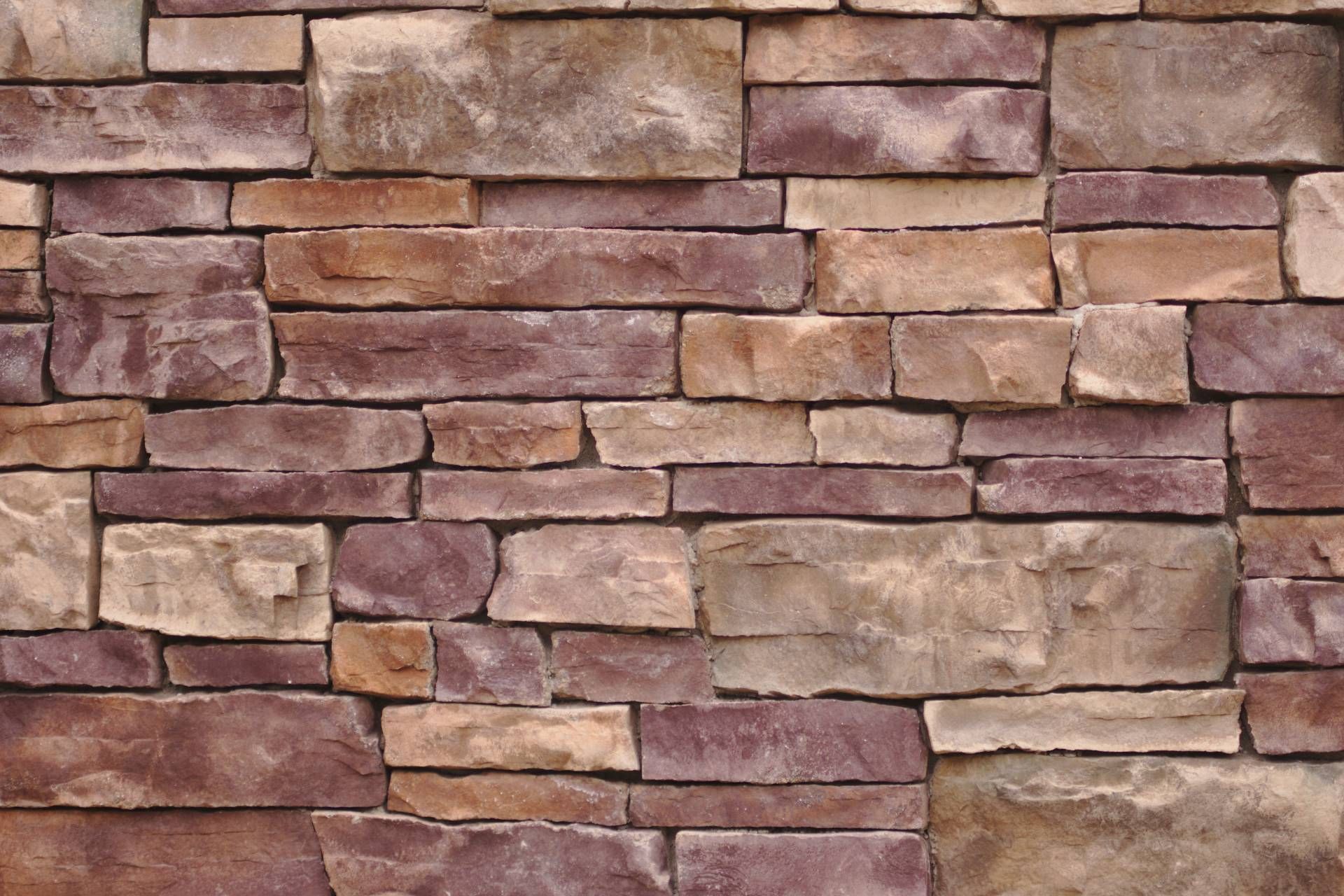Can you Use Limestone for a Fire Pit?
When it comes to creating a fire pit in your backyard, there are many materials to choose from. One option that often gets overlooked is limestone. Limestone is a versatile and durable material that can add a touch of elegance to your outdoor space.
Explore if can you use limestone for a fire pit and the benefits of using limestone for a fire pit, as well as provide some tips on how to incorporate this material into your outdoor space.
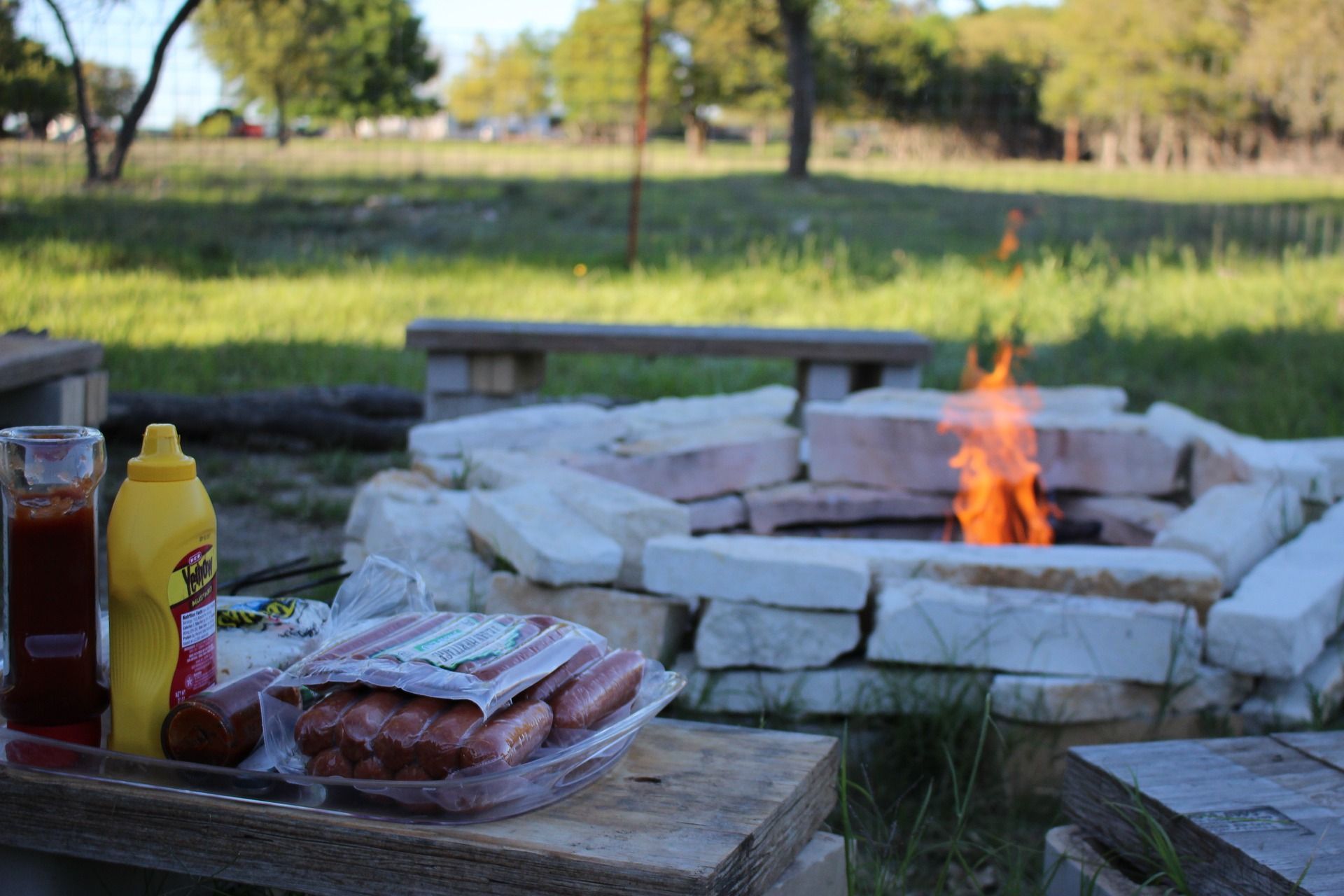
What is a Limestone
Limestone is a popular and versatile sedimentary rock that has been used for centuries in various construction and building projects. It is a durable and attractive material that is commonly found in homes, buildings, and outdoor spaces.
Limestone is a type of sedimentary rock that is primarily composed of calcium carbonate. This rock is often formed from the accumulation of shell, coral, algal, and fecal debris, which makes it a renewable and sustainable resource. Limestone is often found in marine environments, such as sea beds and reefs, where these organic materials can accumulate over time and be compacted into solid rock.
Limestone is characterized by its light color, usually ranging from white to grey, but it can also come in a variety of earth tones, like tan, brown, and yellow. This rock can be found in different forms, such as chalk, travertine, and marble, each with its own unique properties and applications.
One of the main reasons why limestone is so widely used is its durability and strength. It is a hard and dense rock that can withstand heavy loads, making it ideal for construction projects like buildings, bridges, roads, and monuments. The natural beauty and versatility of limestone also make it a popular choice for interior and exterior design, such as flooring, countertops, walls, and decorative elements.
Limestone is also a sustainable and environmentally friendly material. Because it is a natural resource that can be easily quarried and recycled, limestone has a lower carbon footprint compared to synthetic building materials. This makes it an excellent choice for eco-conscious consumers who want to reduce their impact on the environment.
Where Limestones are commonly used?
Limestone is a versatile rock that is commonly used in various industries and applications due to its unique properties and durability. From construction to agriculture, limestone can be found in a variety of products and structures around the world.
One of the most common uses of limestone is in the construction industry. Limestone is a key ingredient in cement and concrete, providing strength and durability to structures such as buildings, roads, bridges, and dams. It is also used as a building material itself, often in the form of limestone blocks or tiles for walls, floors, and countertops.
Limestone is also widely used in agriculture. Limestone is used to improve soil quality by neutralizing acidity and providing essential nutrients such as calcium and magnesium. This helps to promote healthy plant growth and increase crop yields.
Limestone is also commonly used in the manufacturing industry. It is used as a filler in products such as paint, rubber, plastics, and adhesives, where it helps to improve the durability and performance of these materials.
Another common use of limestone is in the production of lime, which is used in a variety of applications such as water treatment, steel manufacturing, and sugar refining. Lime is also used in the production of glass, paper, and textiles.
In the environmental industry, limestone is used to mitigate the effects of acid rain and pollution. Limestone can help to neutralize acidic water and soil, restoring balance to ecosystems and protecting natural habitats.
Can you Use Limestone for a Fire Pit?
The short answer is yes, you can use limestone for a fire pit. Limestone is a natural stone that is able to withstand high temperatures, making it a safe and practical choice for building a fire pit. However, there are some important things to keep in mind when using limestone for this purpose.
First and foremost, it's crucial to choose the right type of limestone for your fire pit. Some types of limestone, such as soft limestone, can crack and crumble when exposed to high heat. It's best to opt for a denser, harder type of limestone, such as Indiana limestone or Texas limestone, which are better suited for withstanding the heat from a fire.
It's important to properly prepare the limestone before using it for a fire pit. Limestone is a porous material that can absorb moisture, so it's essential to let the stone dry out completely before building your fire pit. This will prevent the limestone from cracking or spalling when exposed to heat.
When constructing your limestone fire pit, it's best to use a dry-stack method rather than mortar. Mortar can crack and crumble under high heat, while dry-stacked limestone will allow for proper airflow around the fire pit and help prevent the stone from cracking.
It's important to exercise caution when using a limestone fire pit. While limestone is able to withstand high temperatures, it's still a natural material that can be affected by extreme heat. It's best to keep the fire small and controlled, and always supervise it when in use.
Conclusion
Limestone can be a beautiful and functional material for a fire pit, as long as it's chosen and used correctly.
If you are in need of a limestone supply for your next project, look no further than
NH Thinstone. With their high-quality products, exceptional customer service, and competitive pricing, you can trust that your project will be a success.
Contact NH Thinstone today to learn more about their limestone products and how they can help you achieve your design goals.
NH Thinstone
760 NH-16
Ossipee, NH 03864
CALL US
Phone: (603) 837-6685
EMAIL US
Email: ordersnht@gmail.com
HOURS
- Monday
- -
- Tuesday
- -
- Wednesday
- -
- Thursday
- -
- Friday
- -
- Saturday
- Appointment Only
- Sunday
- Appointment Only
Copyright © 2023 NH Thinstone, All Rights Reserved.




